Structural Integration
Structural Integration
Structural Integration (SI) is a form of manual/movement therapy that systematically releases or remobilizes layers of connective tissue (fascia) that differentiates muscles and keeps the body’s structural components from shifting position. Fascia is the “glue” that binds muscles to each other and muscles to bones.
Under strain fascia molds and adheres to muscle and bones, limiting their ability to move independently. Releasing (ungluing) adhesion between layers of connective tissue is fundamentally different from stretching or massaging muscles. Dr. Ida Rolf, the originator of SI, observed that the stress of repetitive motion, injury and postural imbalance caused adhesion between fascial layers surrounding individual muscles, keeping these muscles from moving independently and gliding smoothly.
When muscle layers lose their ability to move, range of motion is lost and the transfer of motion between muscles (kinetic linkage) becomes limited. By releasing fascial layers surrounding and separating each muscle, it becomes possible to affect the mobility of individual muscles, the kinetic linkage and the alignment of of the body’s structural components.
The intent of SI is to help clients gradually remobilize their muscles, bones and connective tissue layers so that they are supported physically and free to move in a balanced manner.
SI is a ten-session protocol, with each session focusing on specific organizational goals, including: shifting the position of the shoulder and pelvic girdle; aligning the ankles, knees and hip joints; and aligning the head and neck to the body’s vertical axis.
Jeanni teaches Structural Integration informed Pilates and Gyrotonic sessions.

